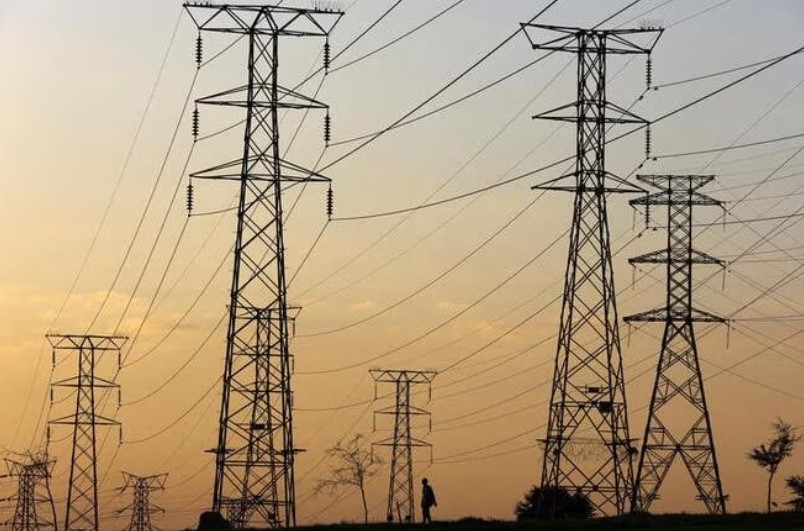As South Africa grapples with ongoing energy instability, the country’s national power supplier, Eskom, implements a strategy known as ‘load shedding’. This article delves into the relatively rare but impactful Stage 6 load shedding, providing insight into its implications, its prevalence, and the broader ramifications for South Africa’s energy landscape.
Load shedding is a measure of last resort, employed to prevent a complete and potentially catastrophic blackout across the country. Eskom’s load shedding strategy consists of eight stages, escalating in severity from Stage 1 through to Stage 8. The higher the stage, the more intense the power cuts. For South Africans, understanding what Stage 6 load shedding signifies is of critical importance.
In essence, Stage 6 load shedding denotes a drastic shortfall in the national power grid. When Eskom declares a Stage 6, it signifies that a whopping 6,000 MW of the national load needs to be shed to stabilise the grid. In layman’s terms, this equates to the simultaneous shutdown of electricity to approximately 6 million homes nationwide. The implications are serious and wide-ranging, affecting not only domestic life but also commerce, industry, and public infrastructure.
Although Stage 6 load shedding has been notably rare in South Africa’s history, it is not without precedent. The most memorable instance occurred in December 2019 when Eskom declared Stage 6 load shedding for the first time. The severity of this event sent shockwaves through the country, underscoring the fragility of South Africa’s energy infrastructure.
Unfortunately, the power crisis in South Africa is not an isolated issue but is closely linked to a host of systemic problems. The country’s ageing energy infrastructure, coupled with a lack of investment in new power generation capabilities, has resulted in an energy grid that struggles to meet the country’s demands. Furthermore, the reliance on coal-powered plants, which are susceptible to unplanned breakdowns and require frequent maintenance, exacerbates the problem.
The implementation of Stage 6 load shedding, albeit rare, is a stark reminder of the pressing need for a more resilient and sustainable energy solution in South Africa. Whether that entails investing in renewable energy sources, updating the existing infrastructure, or a combination of both, remains a topic of intense debate.
In conclusion, Stage 6 load shedding represents a critical juncture in South Africa’s energy provision. Though infrequent, its very existence underlines the urgency of comprehensive energy reform. South Africans and stakeholders alike must grapple with these realities to secure the country’s energy future.
As we continue to navigate the complexities of South Africa’s energy landscape, understanding the implications of Stage 6 load shedding is paramount. Recognising the depth of these challenges is the first step towards formulating viable and sustainable solutions. Despite the starkness of Stage 6, it also represents an opportunity for innovation and growth in South Africa’s energy sector, making it a subject of considerable importance and interest.
From this perspective, Stage 6 load shedding serves not only as a warning sign of energy instability but also as a catalyst for change, providing South Africans with an impetus to drive forward towards a more sustainable and resilient energy future.
Image Credit: REUTERS/Siphiwe Sibeko





